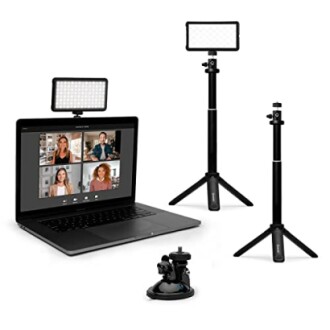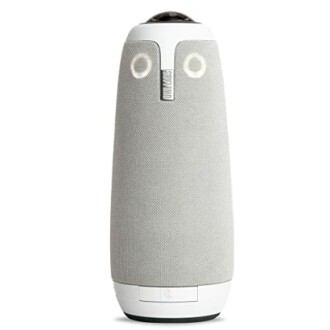
Innovations in Smart Lighting: Trends for 2025
Key Takeaways
- Smart lighting is becoming increasingly focused on enhancing employee productivity and well-being.
- Trends in smart lighting include personalized settings, integration with smart office systems, and sustainability.
- Top products are changing how businesses approach office lighting, including advanced features like AI and automation.
- Collaboration technologies are playing a crucial role in reshaping office lighting solutions.
- Investing in smart lighting offers a competitive edge for modern businesses looking to boost efficiency.
The world of office technology is rapidly evolving and smart lighting is at the forefront of these changes. Innovations in smart lighting not only enhance the aesthetic of the workplace but also contribute significantly to employee productivity and well-being. As we look forward to 2025, several trends stand out that signify a shift in how we understand and implement office lighting solutions.
Understanding the Importance of Smart Lighting
Smart lighting systems offer a wide range of advantages that go beyond just illumination. Incorporating technology into office lighting can directly impact mood, reduce eye strain, and increase overall work efficiency. The latest trends reflect a refined approach that prioritizes individual needs and contributes to a more engaged and fulfilling work environment.
Emerging Trends in Smart Lighting
1. Personalized Lighting Settings
Personalized lighting is becoming essential. Employees can adjust their surroundings according to their preferences, which can lead to increased satisfaction at work. Smart lighting solutions can integrate with personal devices, enabling users to create their own lighting scenarios.
2. Integration with Smart Office Systems
Smart lighting is increasingly being designed to work seamlessly within broader smart office systems. This integration supports energy management and enhances overall functionality. Users can easily program lights to respond to schedules, commands, or even mood settings.
3. Sustainability Efforts
The shift towards environmentally friendly solutions is another critical trend. Companies are focusing on energy-efficient lighting options that reduce carbon footprints while saving costs. Advanced LED technology, smart controls, and renewable energy sources are driving this change.
Popular Innovations and Products
As companies adopt smart solutions to improve their offices, several products stand out for their capabilities:
Lume Cube Broadcast Lighting Kit
A versatile lighting solution perfect for video calls and streaming, featuring adjustable brightness and color temperature settings.
Learn MoreAI in Lighting Systems
Artificial intelligence is making its way into smart lighting, allowing systems to adapt to the environment and user preferences. These advanced solutions ensure optimal lighting conditions based on time of day, occupancy, and activity. The integration of AI not only improves the user experience but also ensures energy efficiency.
Collaboration Tools Influencing Smart Lighting
With the rise of remote work and hybrid meetings, collaboration tools are dictating how lighting should function in office spaces. Ensuring that everyone can see and be seen in meetings is more essential than ever. Smart lighting allows for flexibility and adaptiveness, making it easier for teams to collaborate effectively.
Owl Labs Meeting Owl 3
This AI-driven camera provides a 360-degree view for better collaboration during virtual meetings, automatically focusing on speakers.
Learn MoreConclusion
The innovations in smart lighting are set to redefine office environments by 2025. By understanding the latest trends and technologies, businesses can create more productive, responsive, and healthy workspaces. Integrating these smart systems not only drives efficiency but also enhances employee satisfaction, making it a worthwhile investment for forward-thinking companies.
Tips for Implementing Smart Lighting in Your Office
- Assess your current lighting setup and identify areas for improvement.
- Choose smart lighting solutions that allow for customization and flexibility.
- Involve employees in the decision-making process to ensure their needs are met.
- Consider how external factors, such as natural light, will affect your smart lighting.
- Train employees on how to utilize the new technology fully for maximum benefits.




